How to Sew Darts
Darts are necessary when making clothes, such as the chest line that gives femininity and the waist line that narrows the body.
However, even though darts are shown simply on pattern paper, they are often difficult to sew and tend to be avoided by beginners.
I will explain with photos as clearly as possible, so please do your best to learn it.
By the way, as preparation before sewing the dart, I use basting thread, but you can also mark it with a marking pencil, etc. How to Baste (Darts & Button Position)
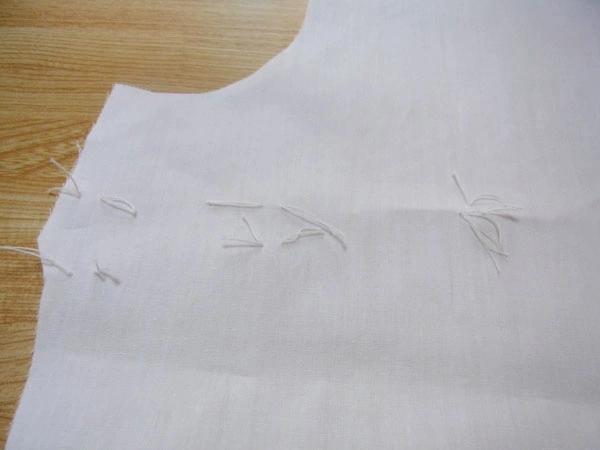
This is the dart section after basting is completed.
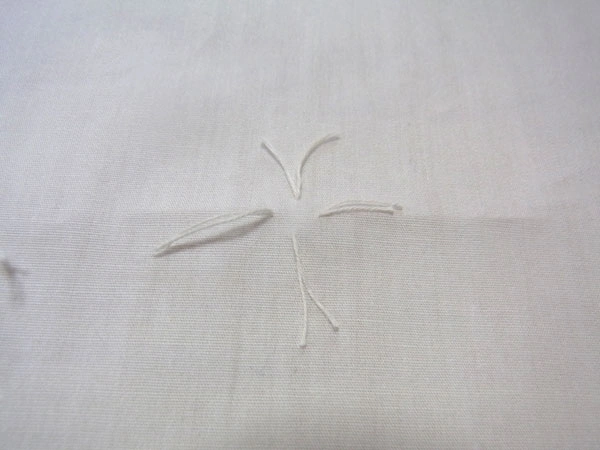
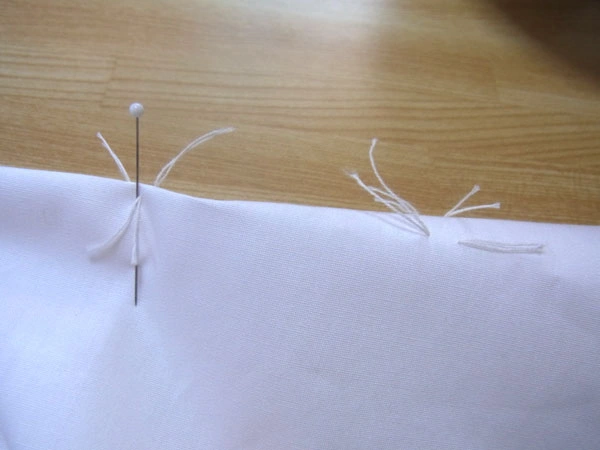
First, fold the cross mark that will be the tip of the dart and secure it with a pin.
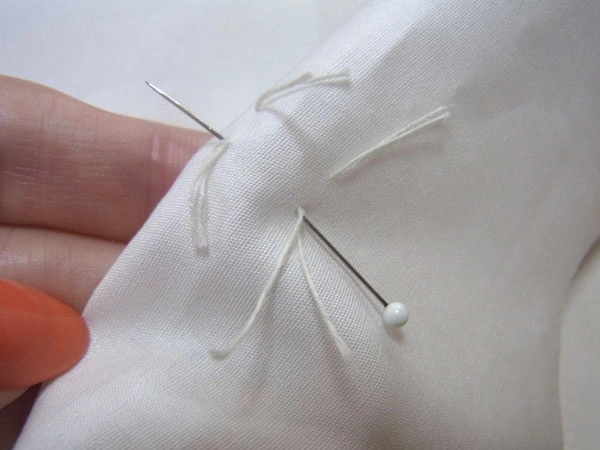
Next, pierce the pin through from the mark to the marked point on the reverse side, as shown in the photo.
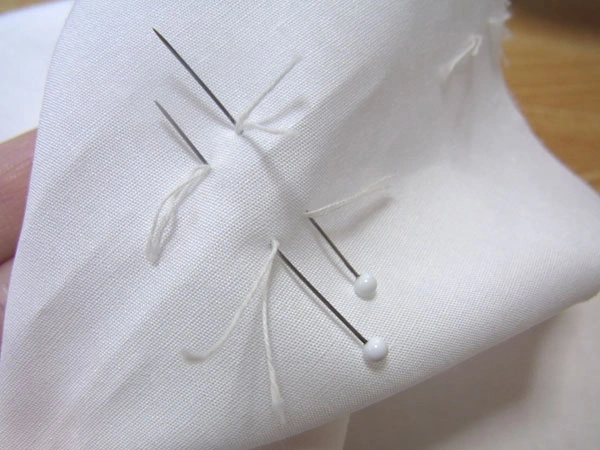
Then insert another pin in the same way, as shown in the photo.
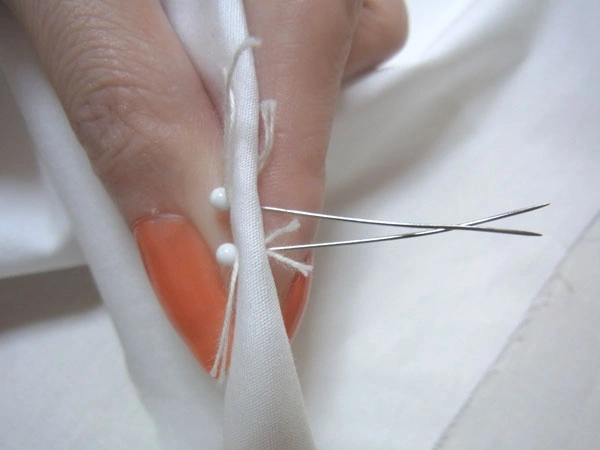
When folded as shown in the photo, the stitching points on the front and back align perfectly.
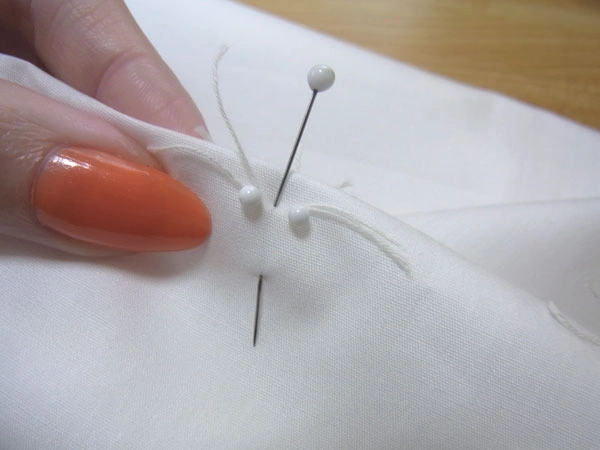
Fold it and secure the right side with a pin. After securing, remove the two pins you just inserted.
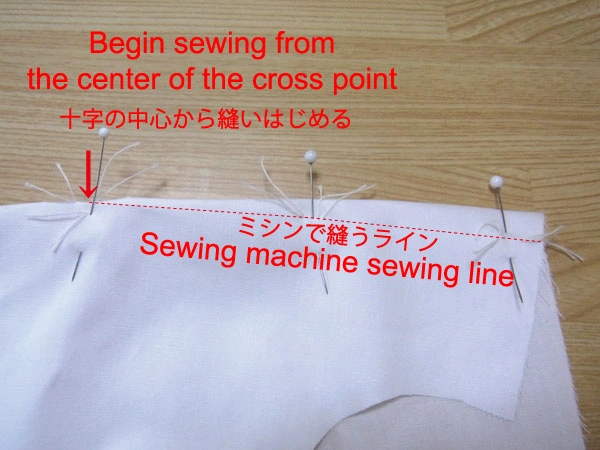
Secure the remaining point in the same way. Now you are ready to sew!

Remove the basting thread on the reverse side before sewing, as it is no longer needed.

Start sewing from the tip with a reverse stitch, and finish with a reverse stitch at the end.
The traditional method is to tie the dart tips instead of reverse stitching. Since reverse stitching can make the tips a little stiff, sewing schools often recommend tying them with thread.
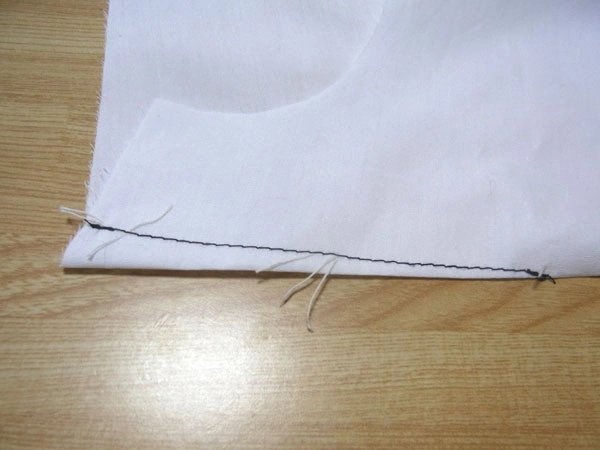
When you finish sewing, it looks like this.
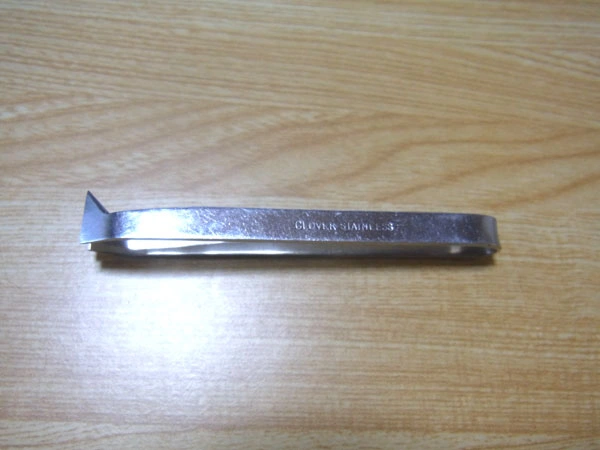
Remove the basting thread.
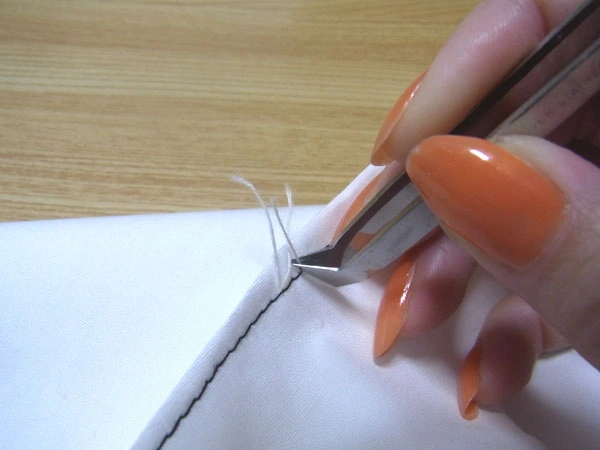
If the basting thread was sewn in together, it can be easily removed with the pointed tip of a thread remover.
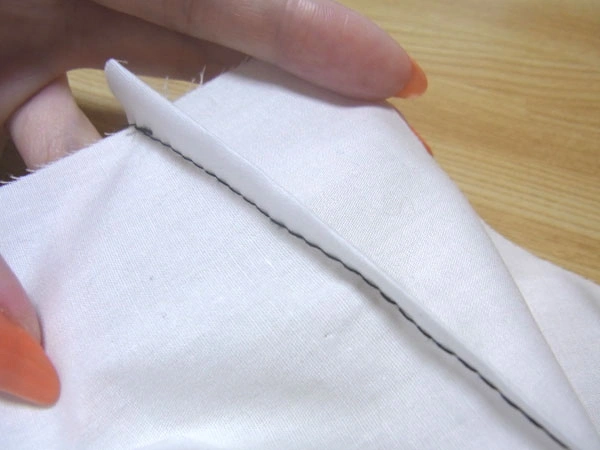
Pull out the basting thread and you are done!
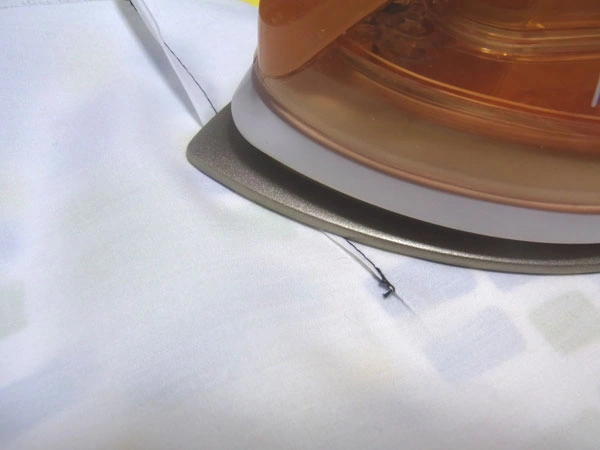
The final step is ironing the darts.
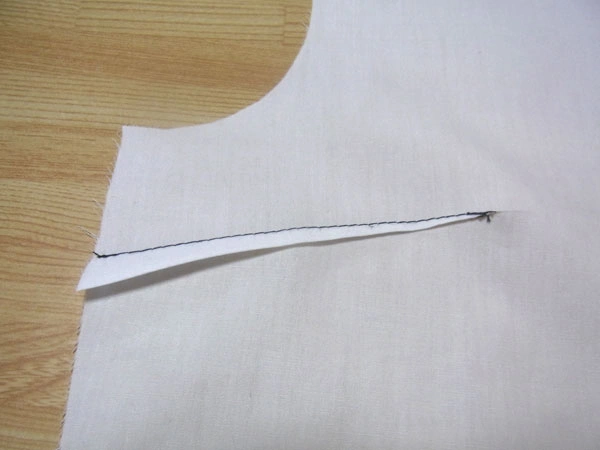
Darts on the sides should be pressed downward, while waist darts and skirt darts should be pressed toward the center of the body.
However, for lining darts, the direction is opposite. Side darts in the lining should be pressed upward, and waist and skirt darts should be pressed outward, not toward the center.
This prevents the darts from overlapping. If the lining darts are pressed in the same direction as the outer fabric, the fabric will overlap and become thick. To avoid this, the lining darts are generally pressed in the opposite direction.